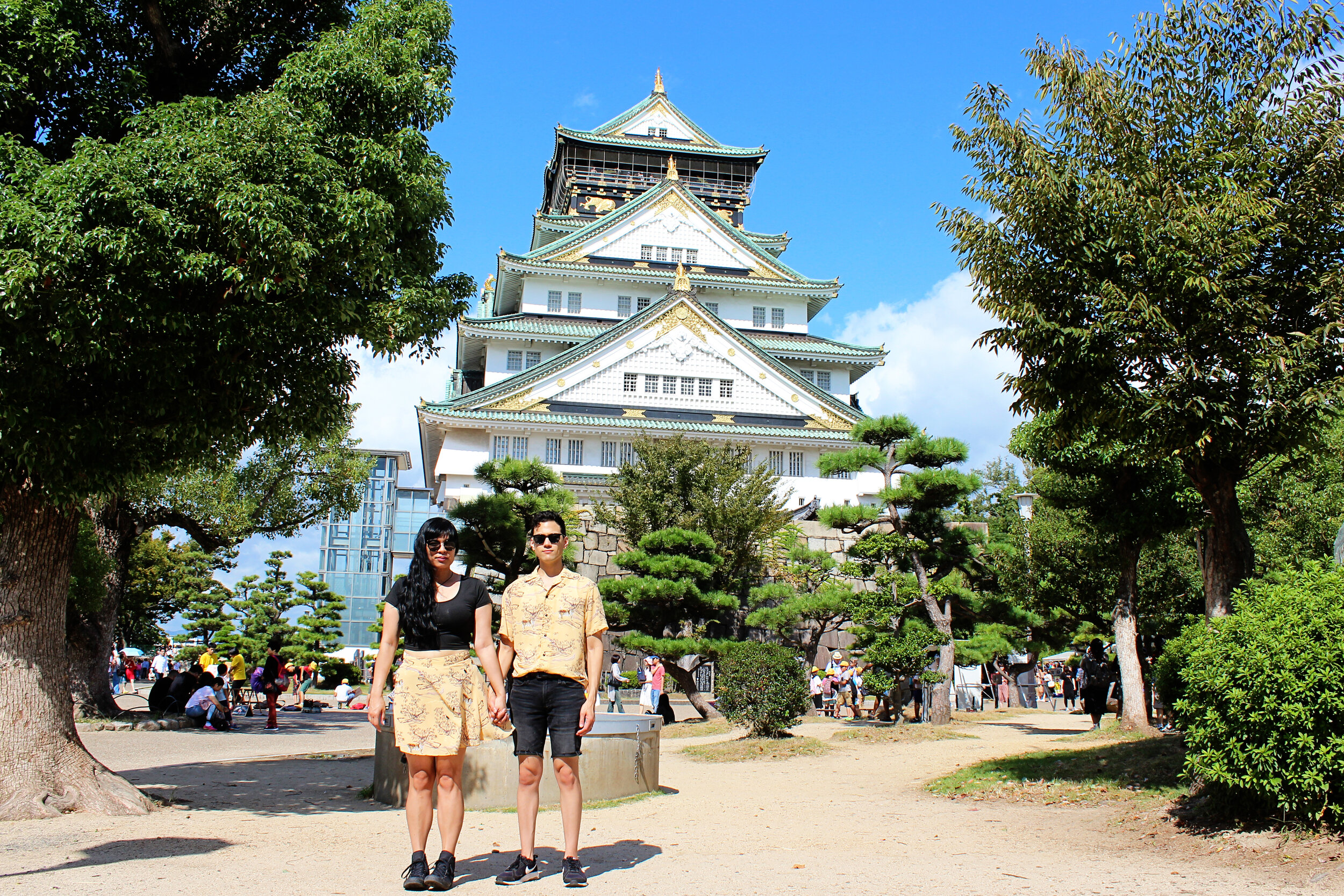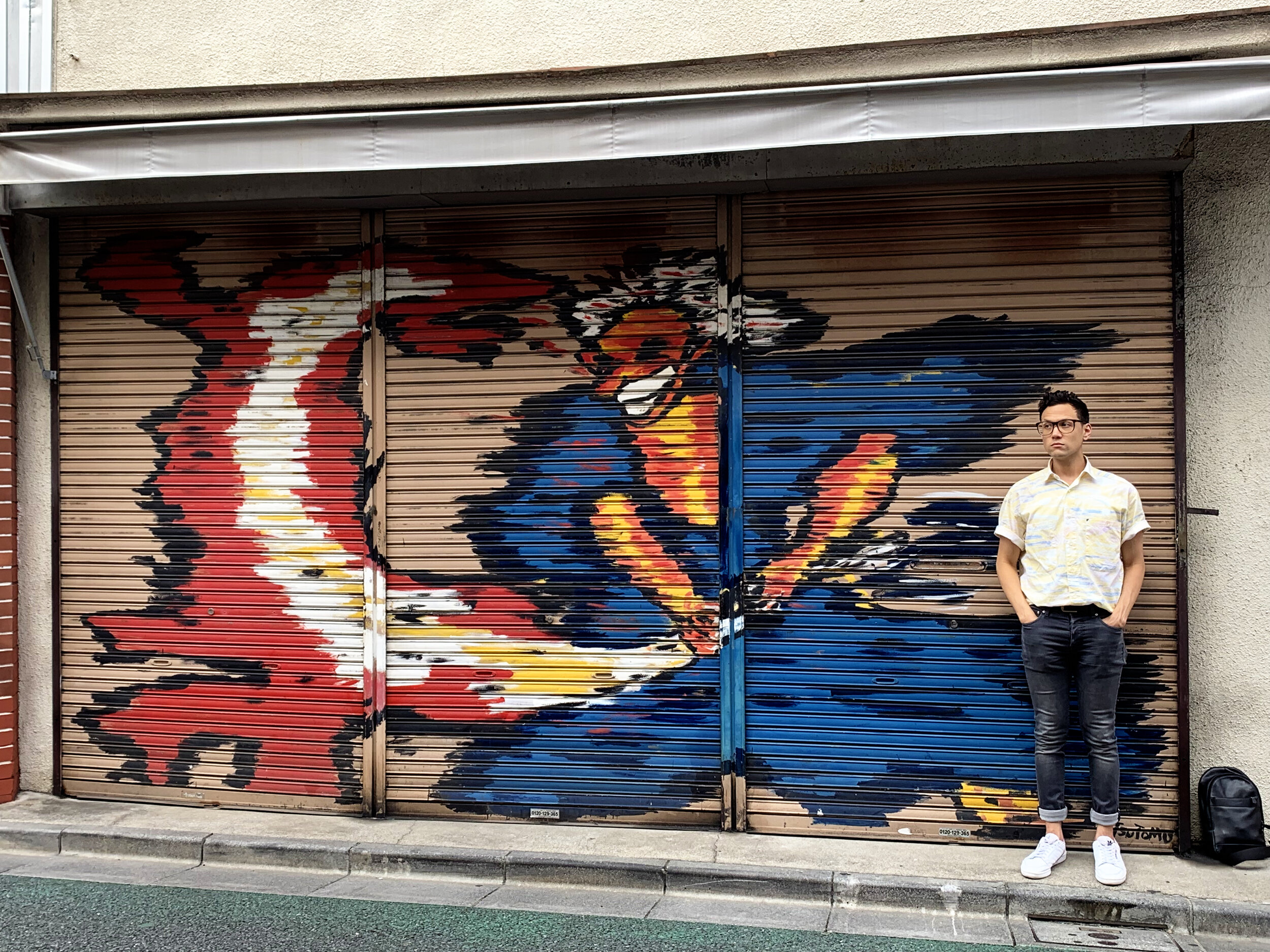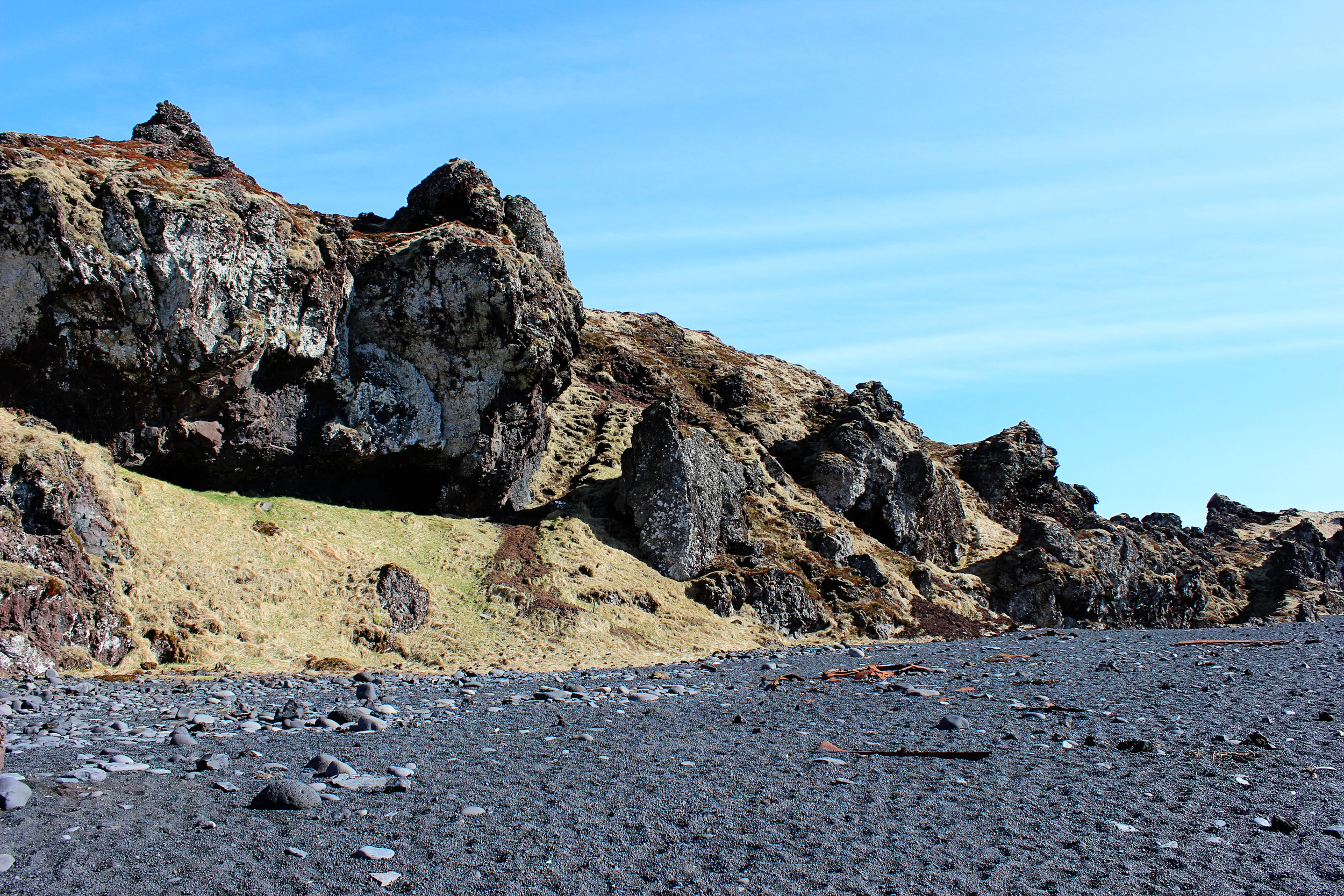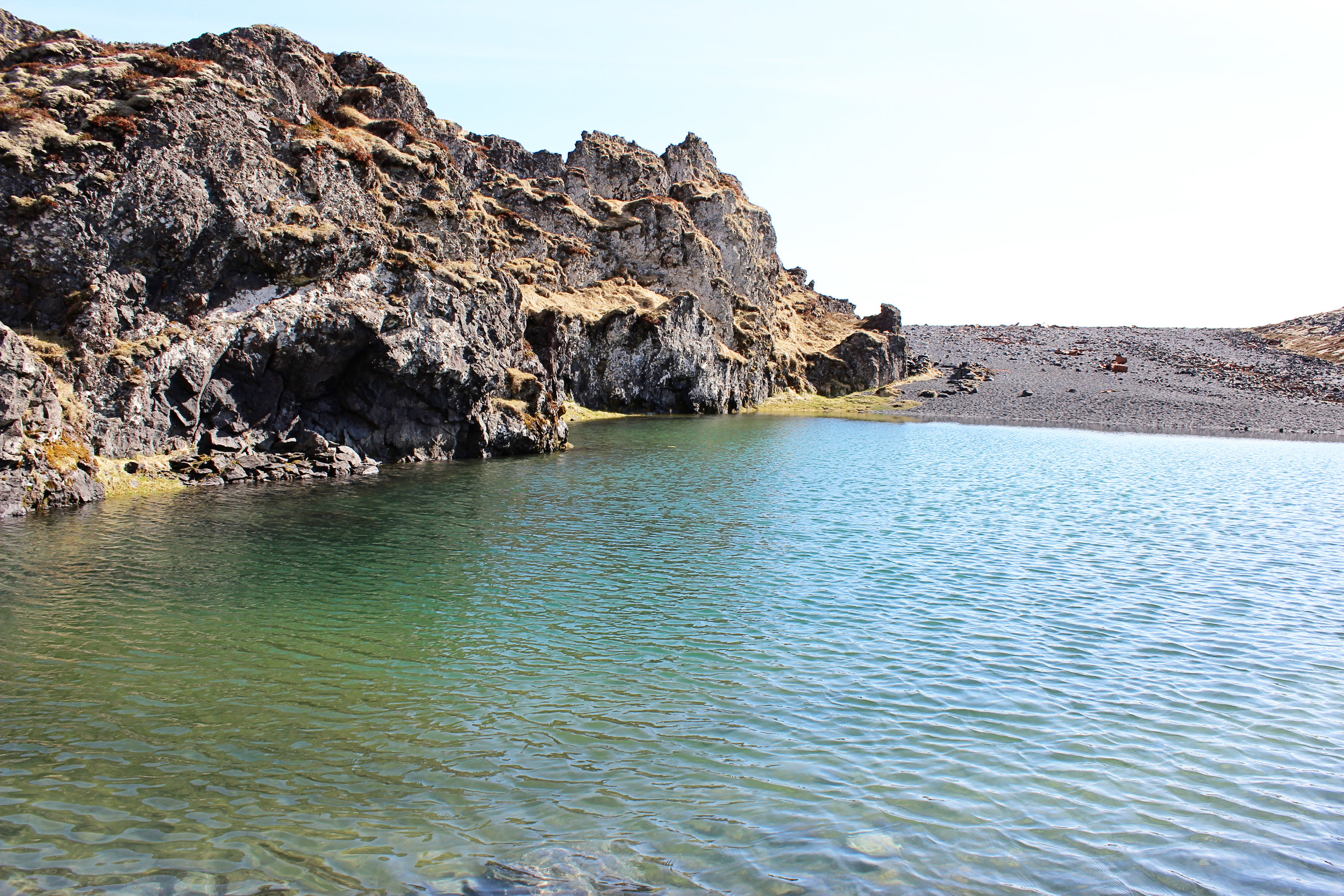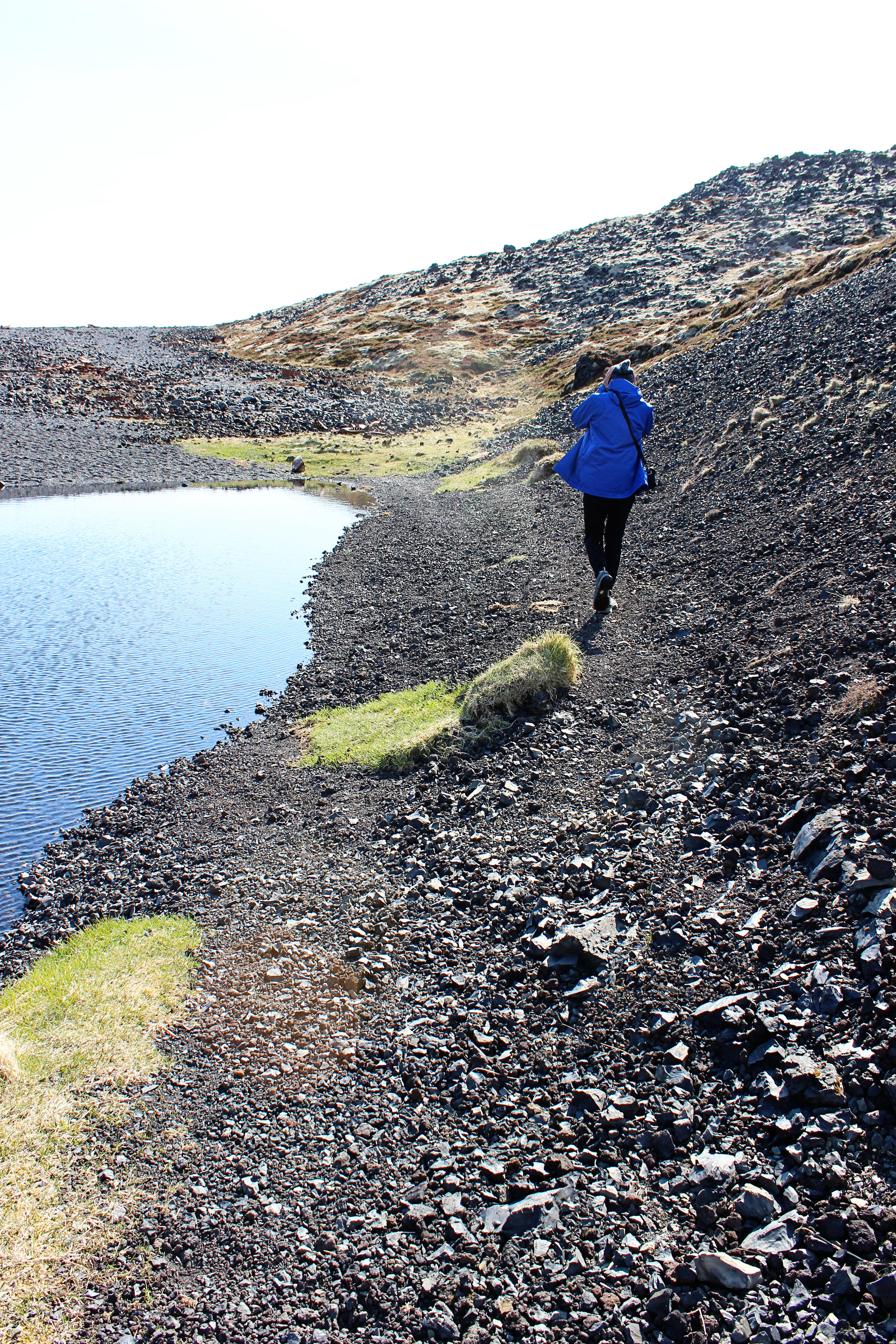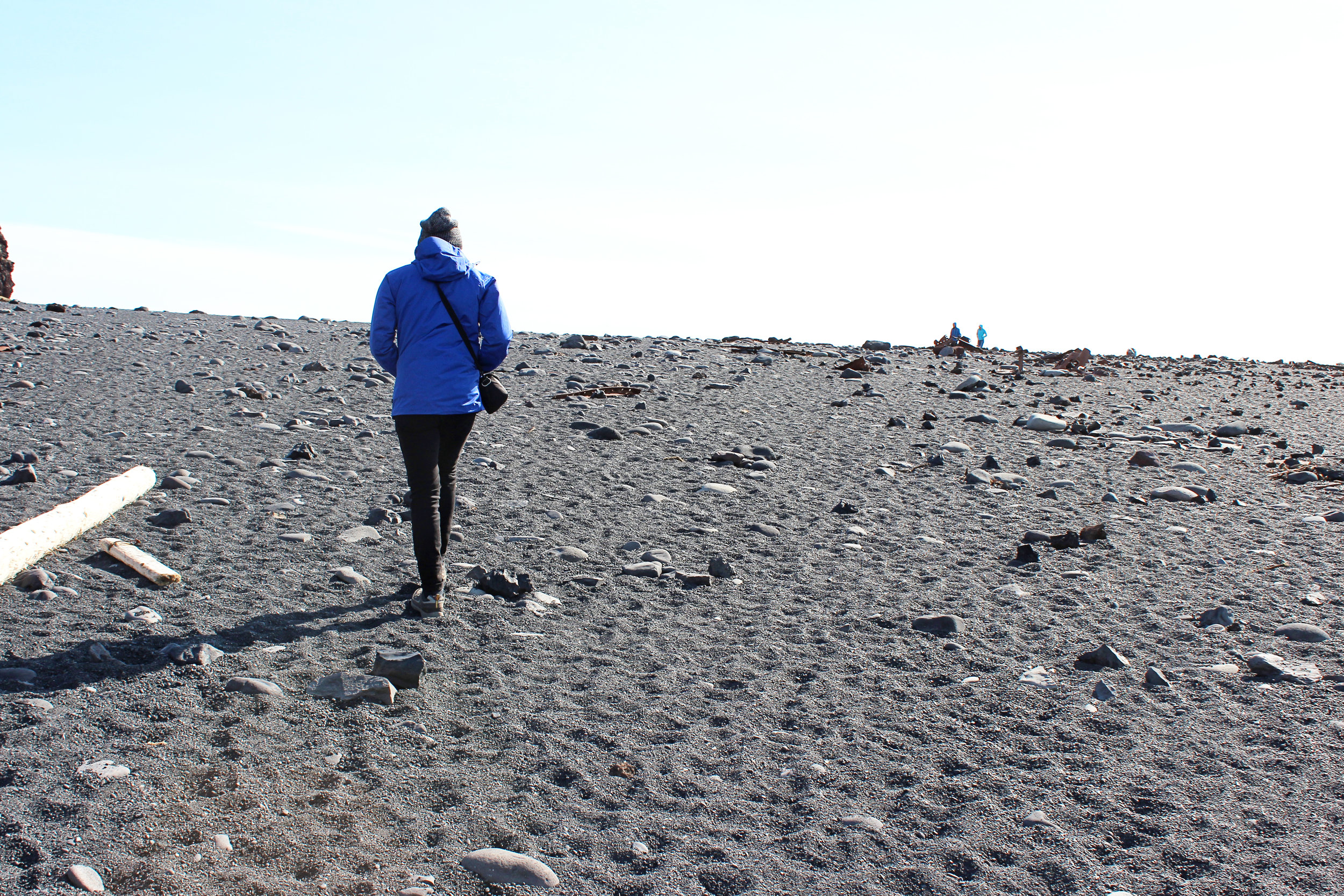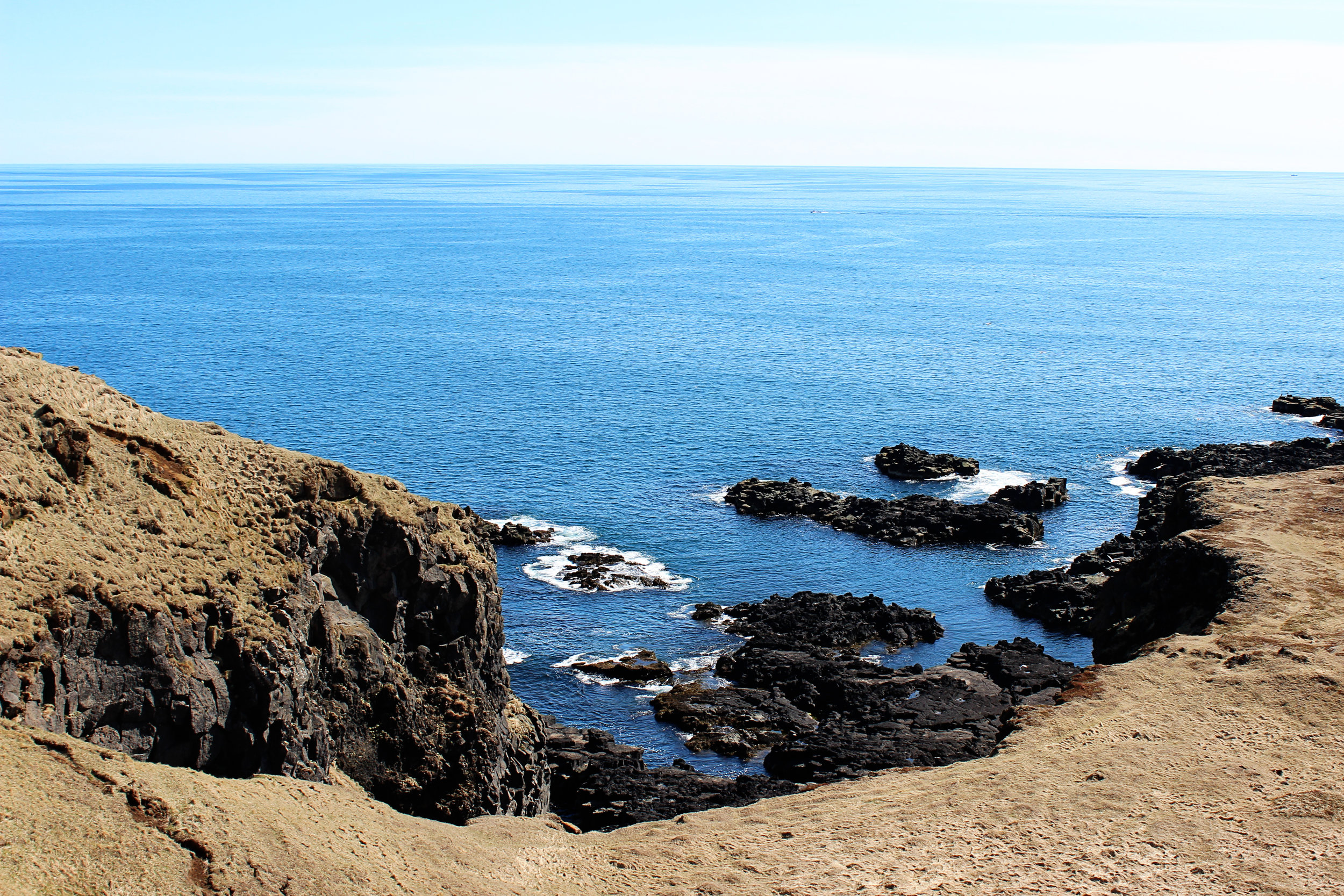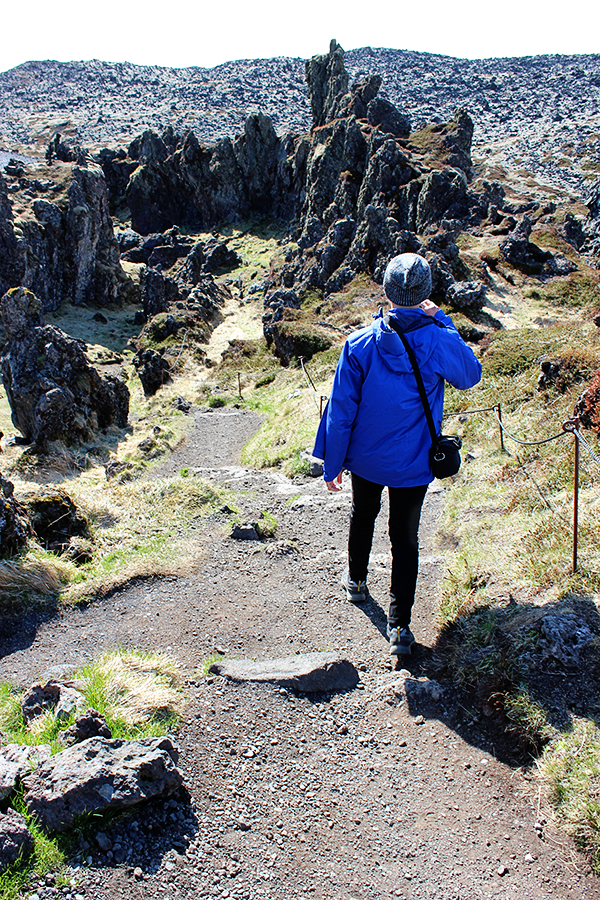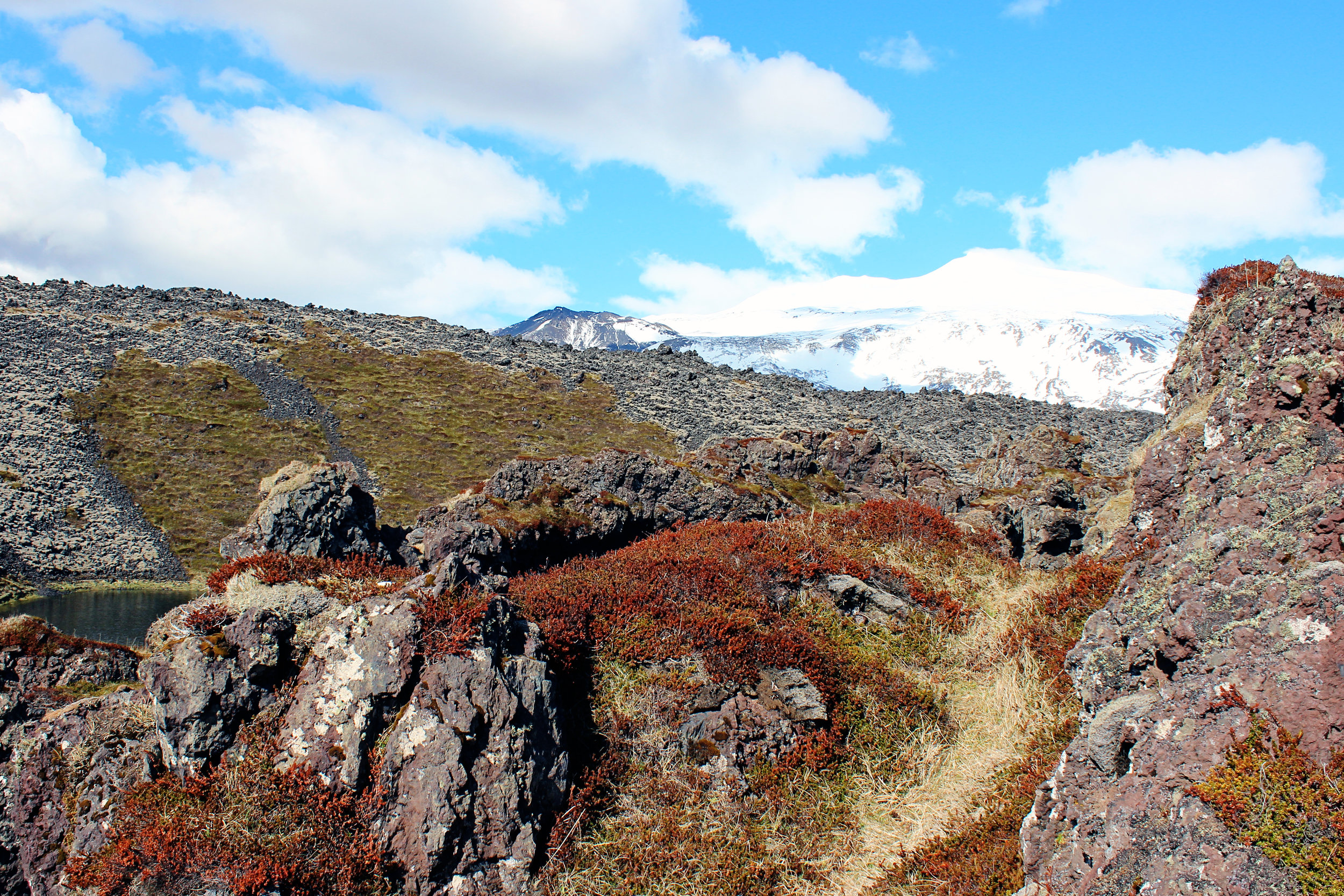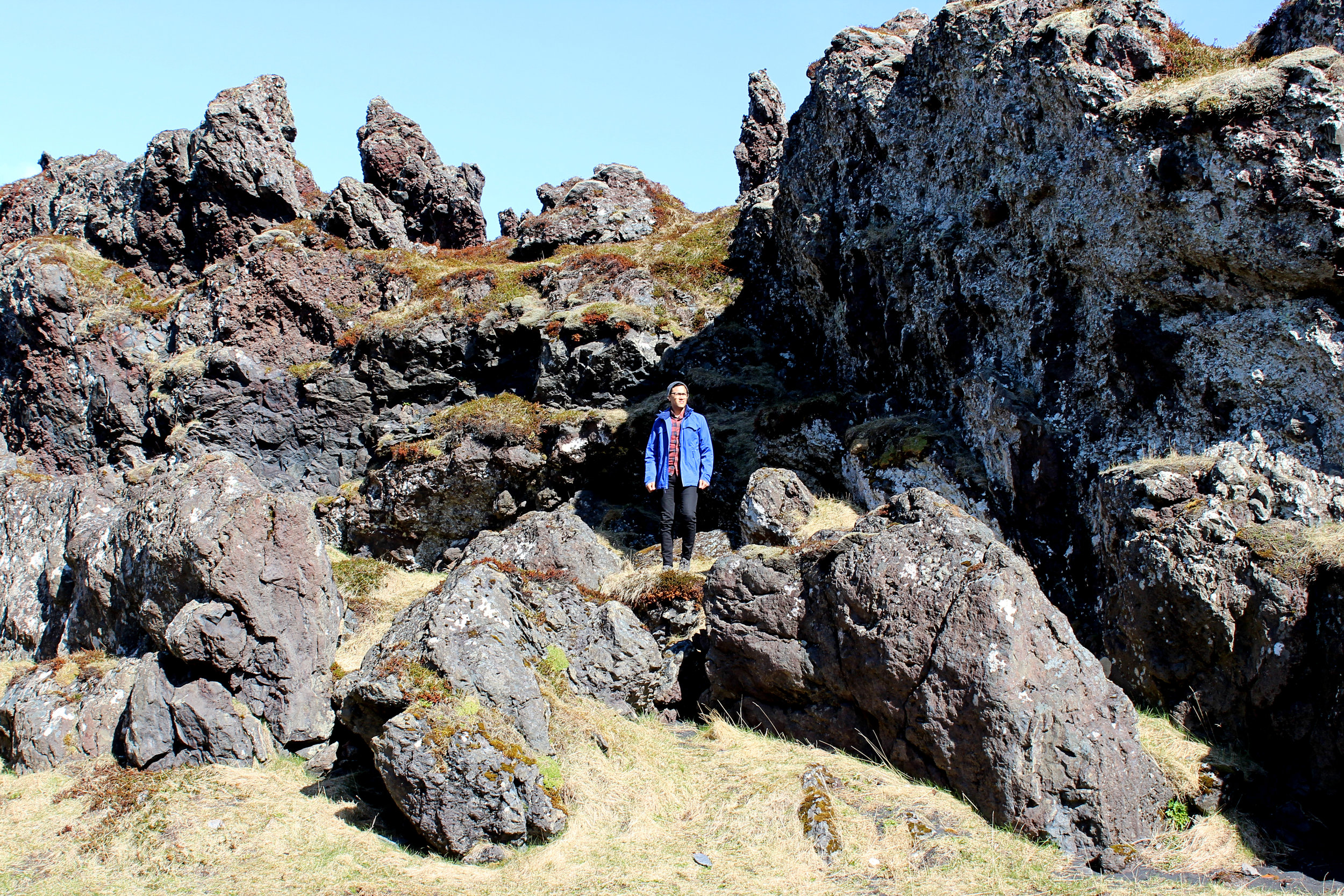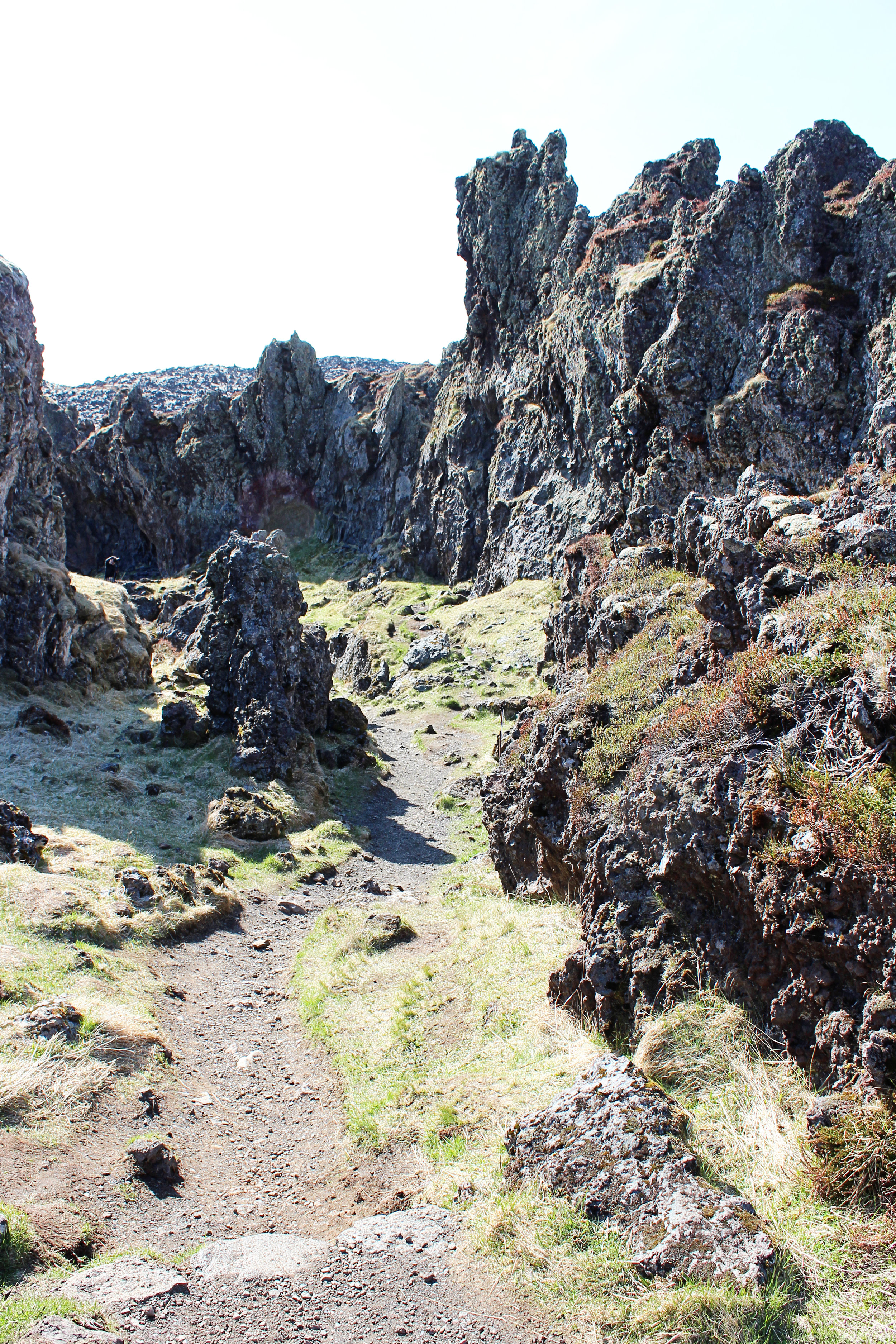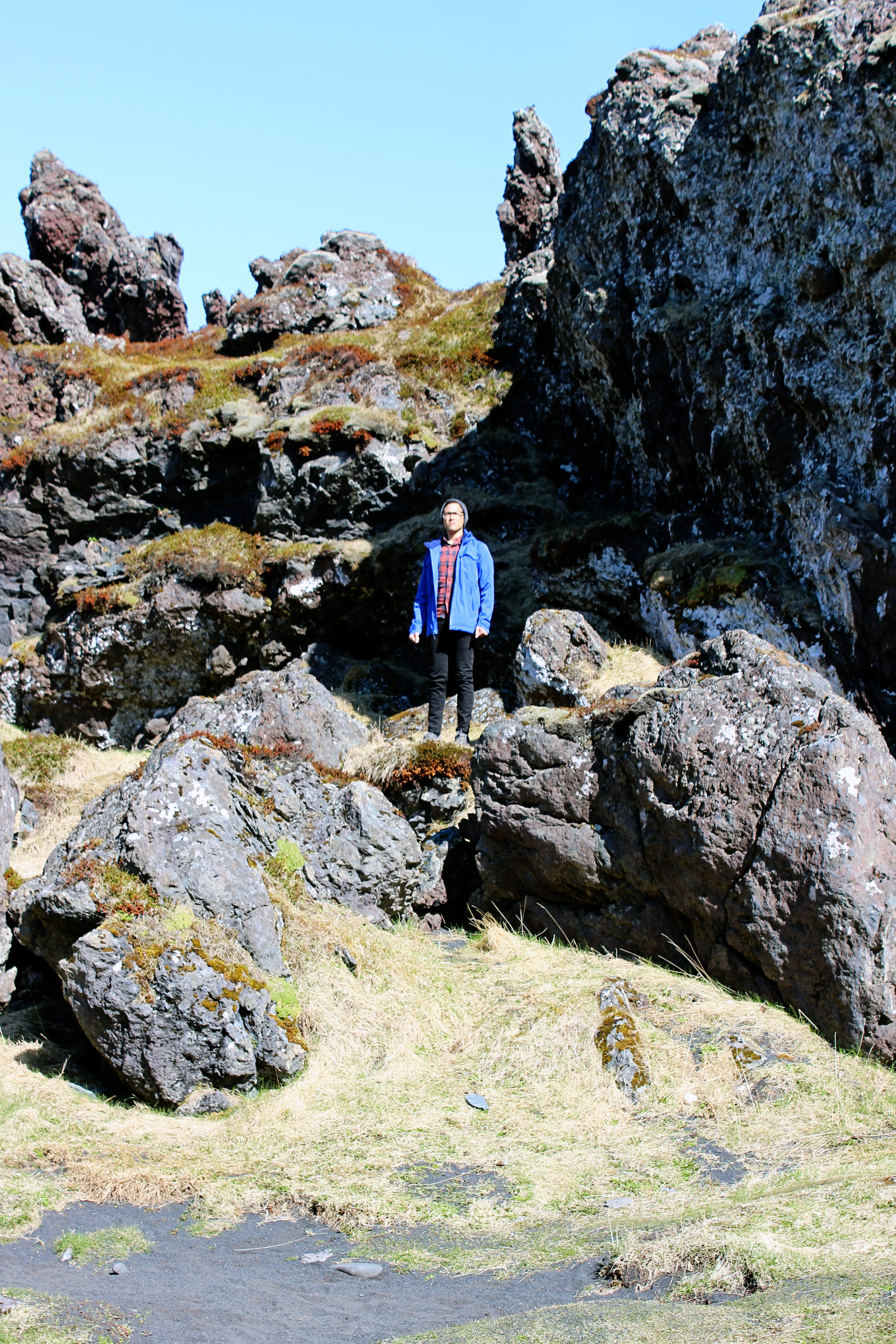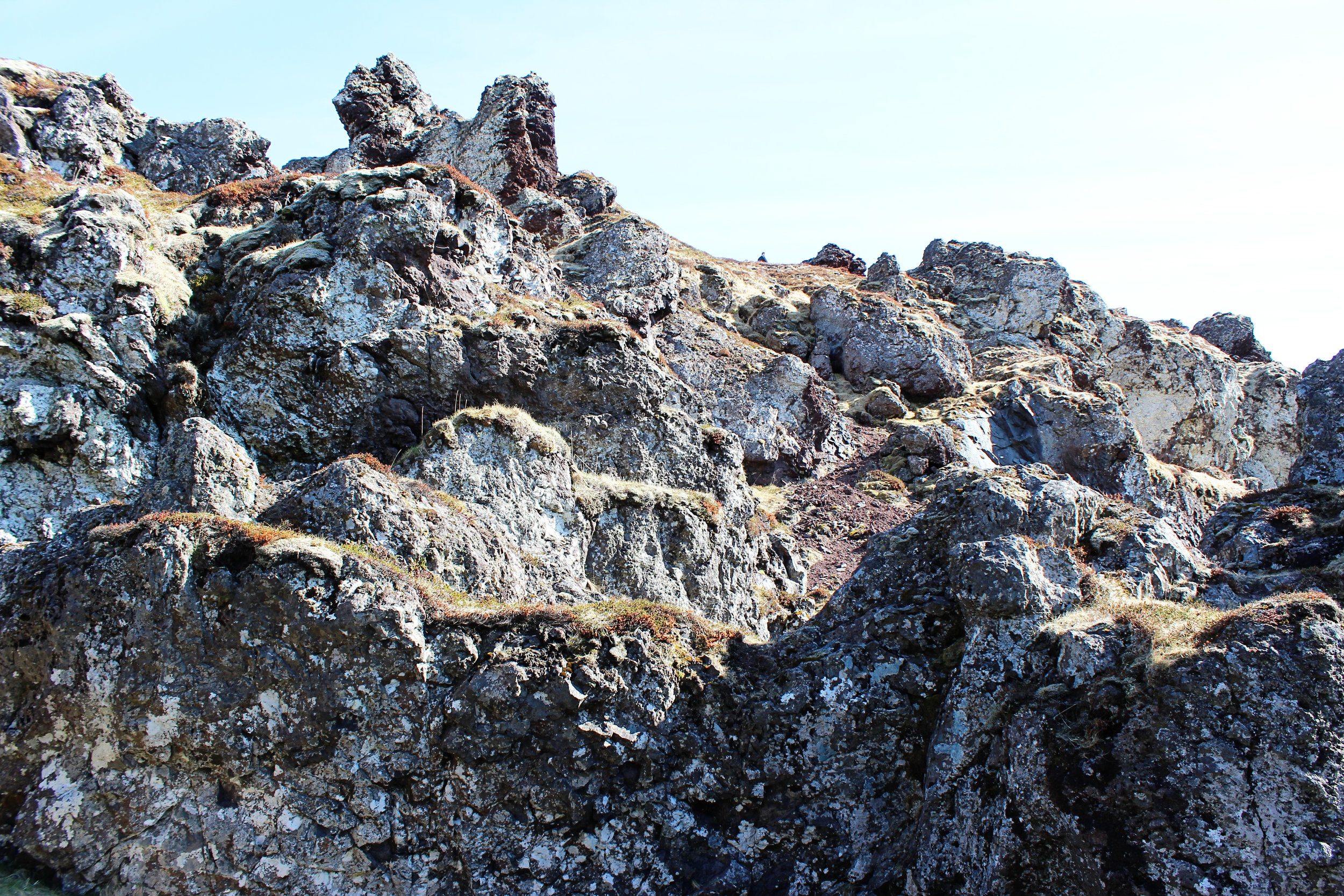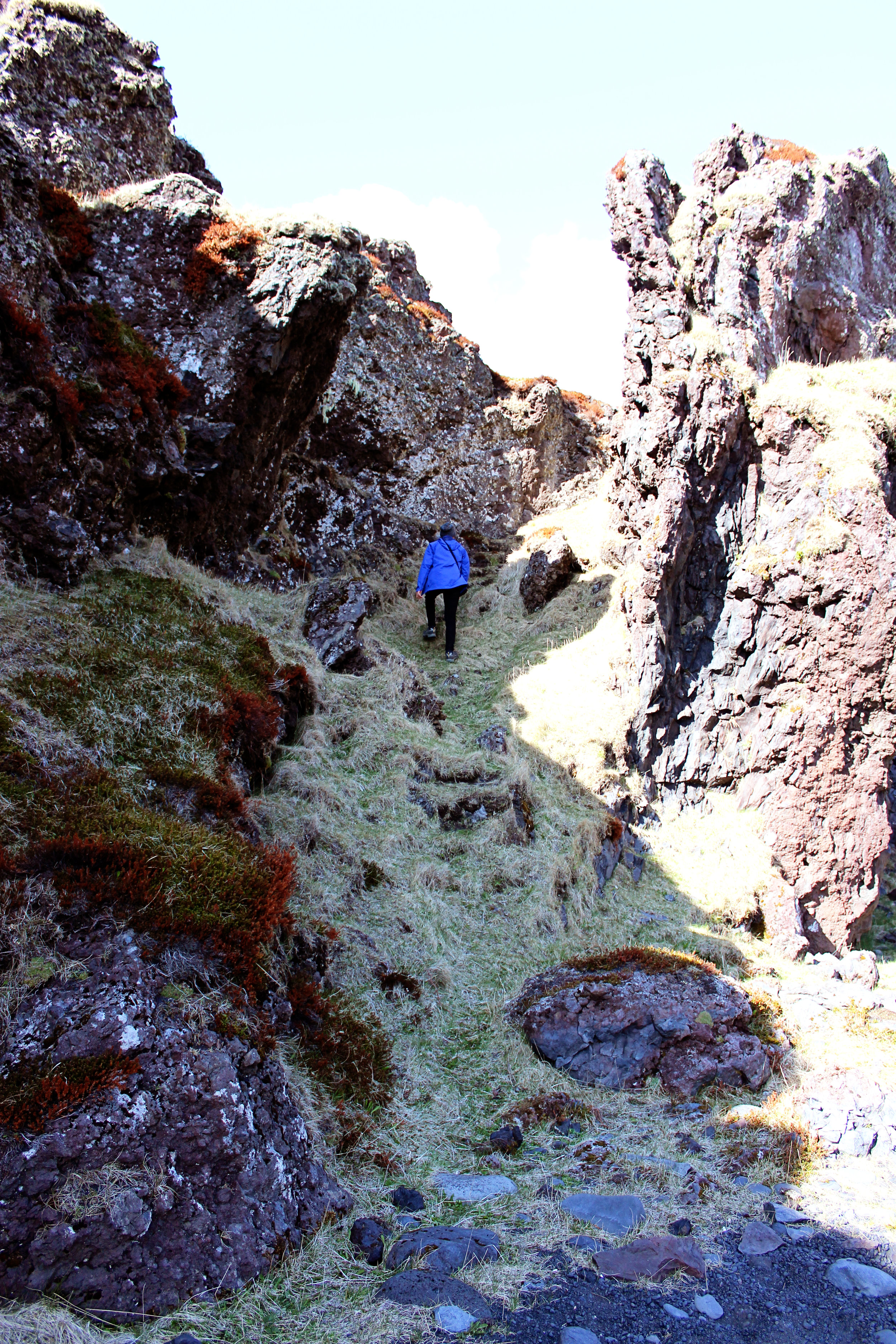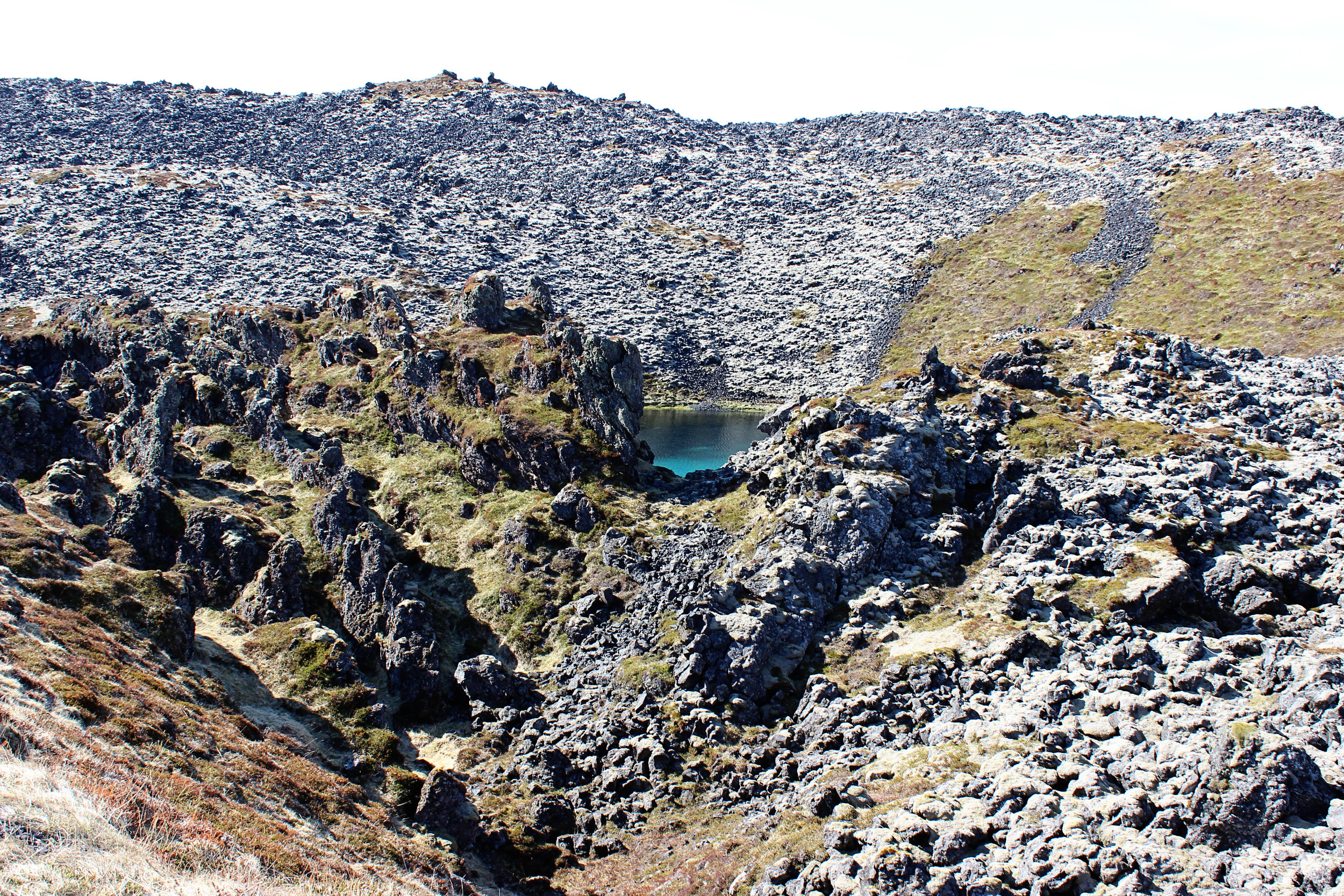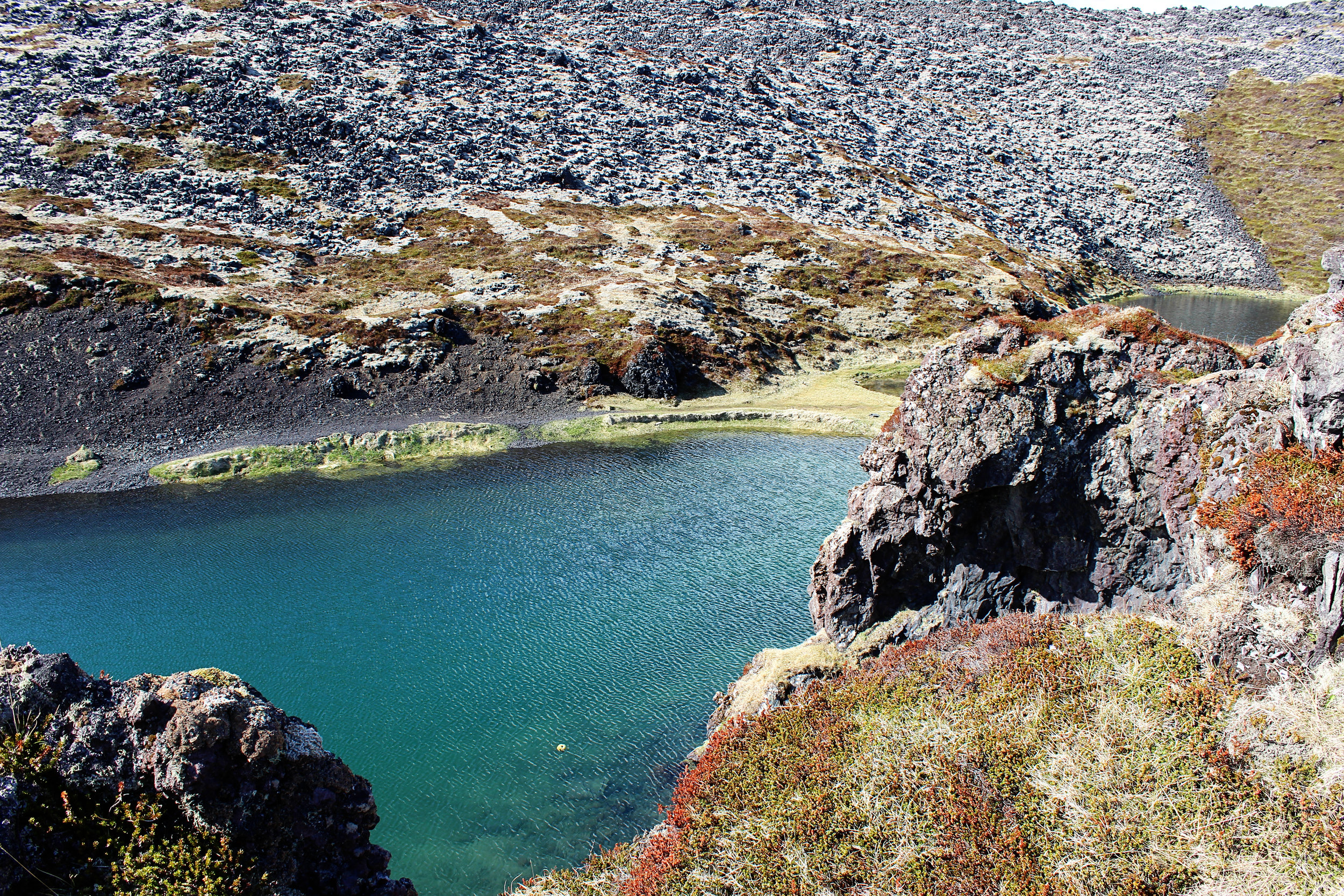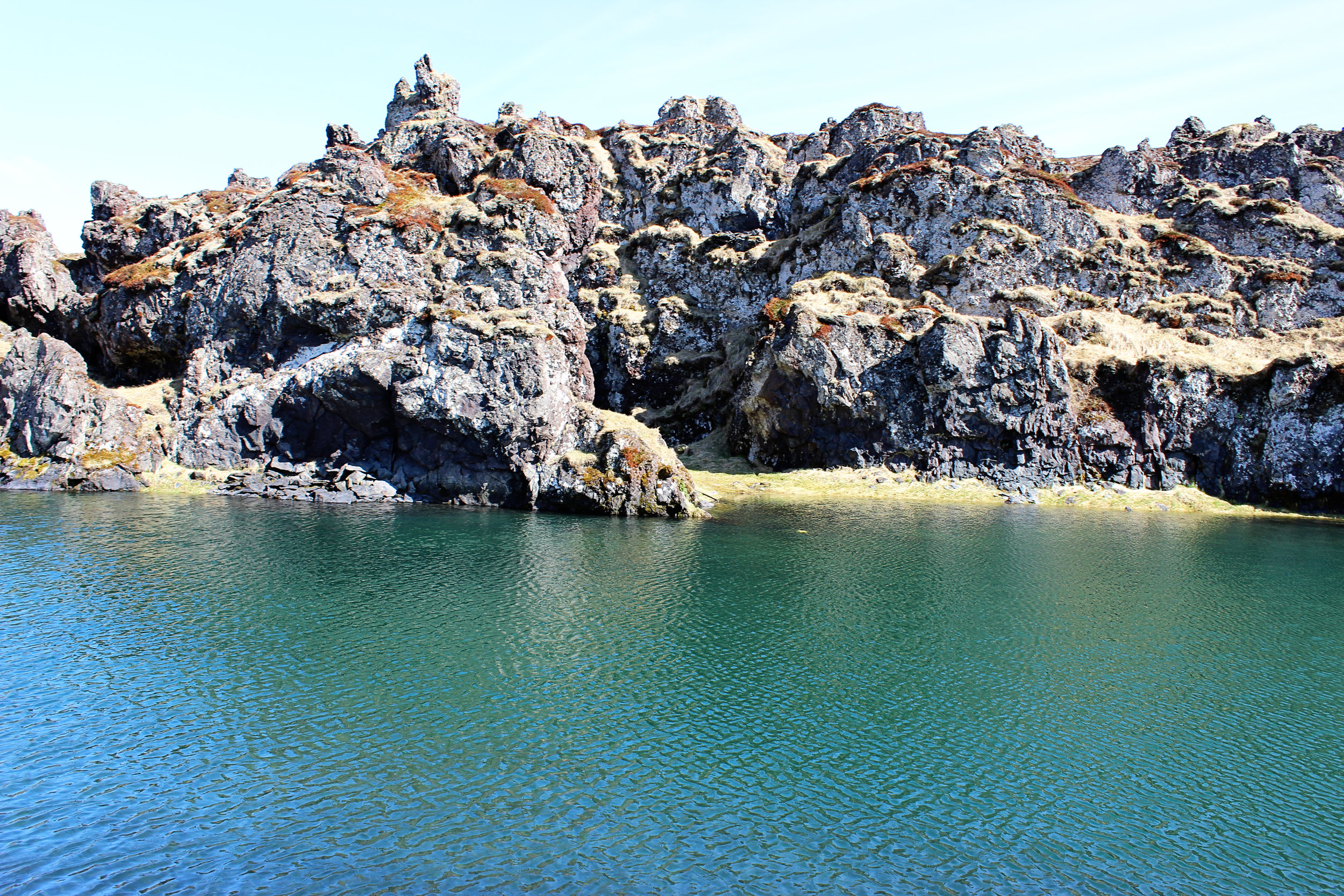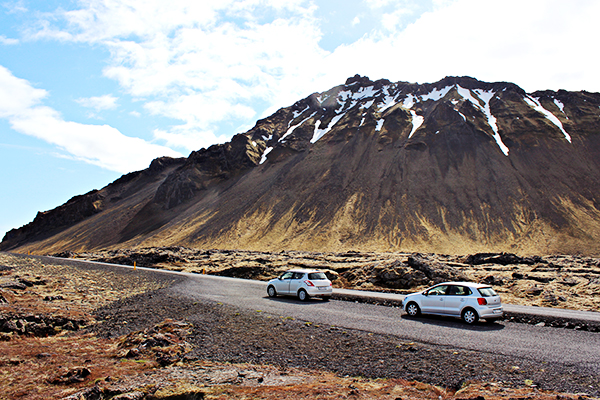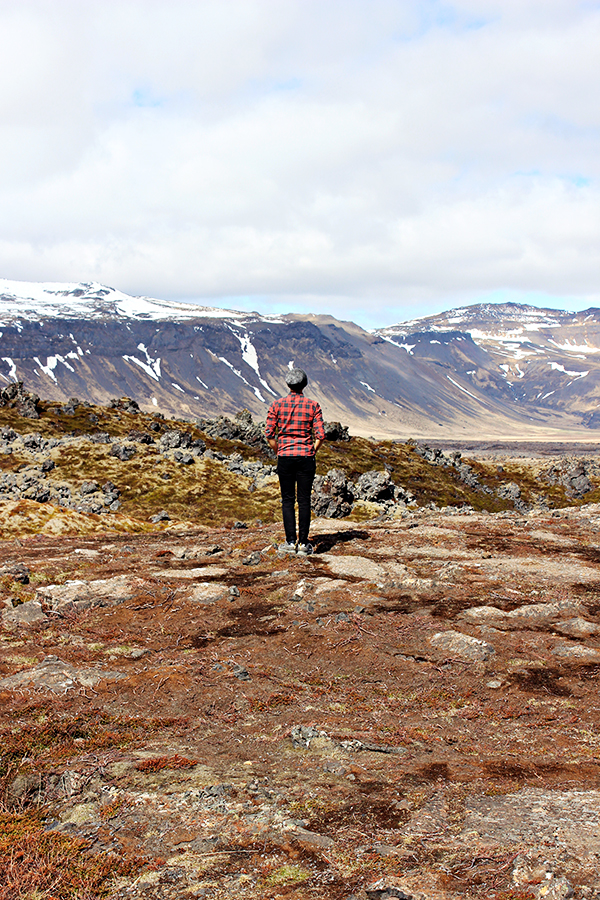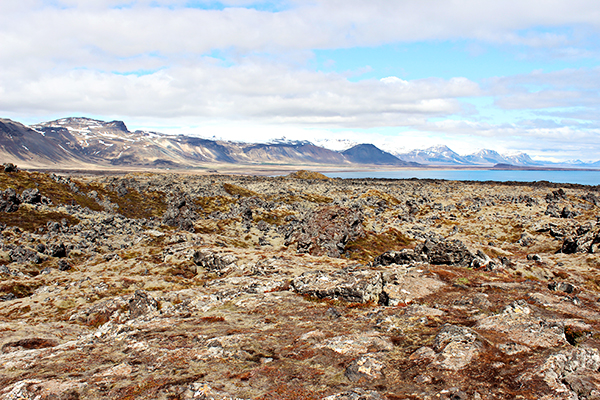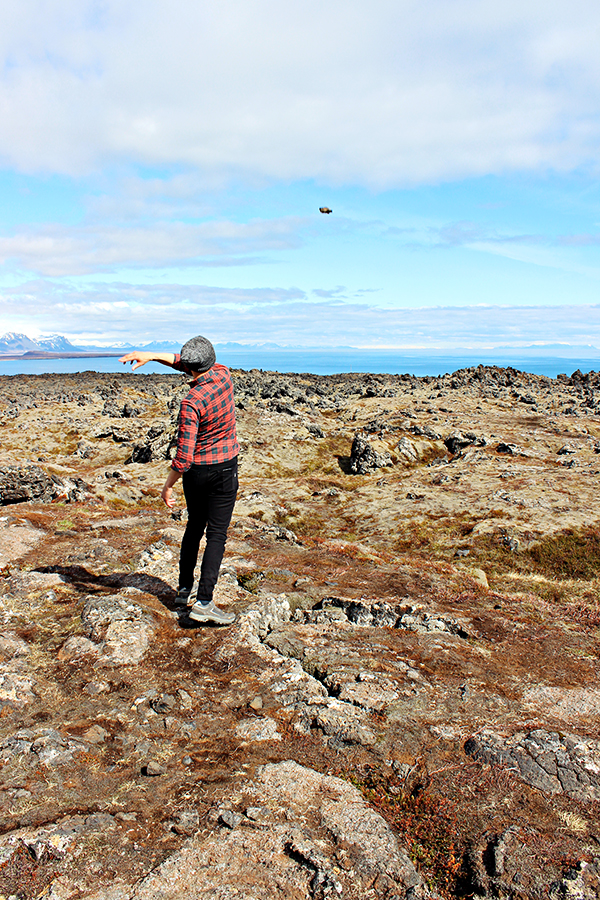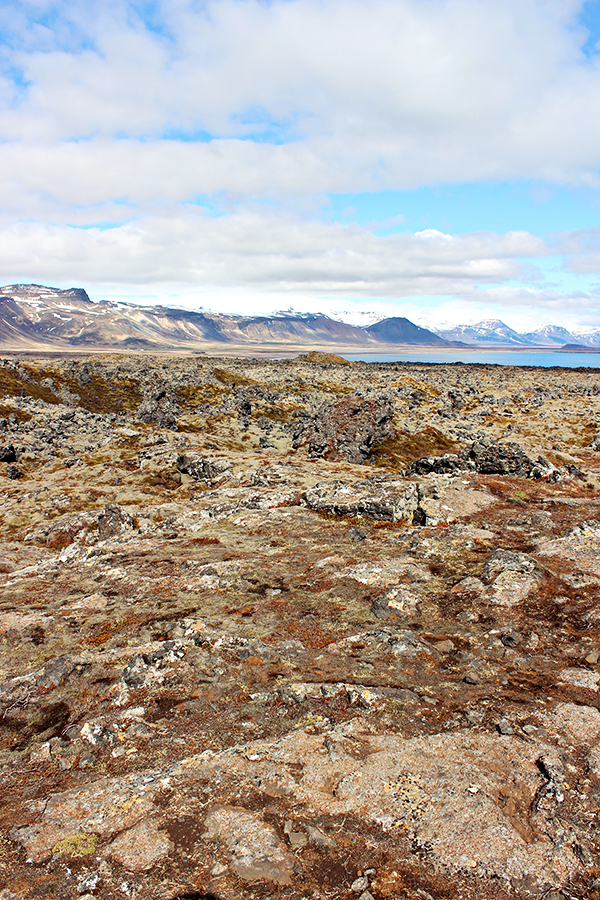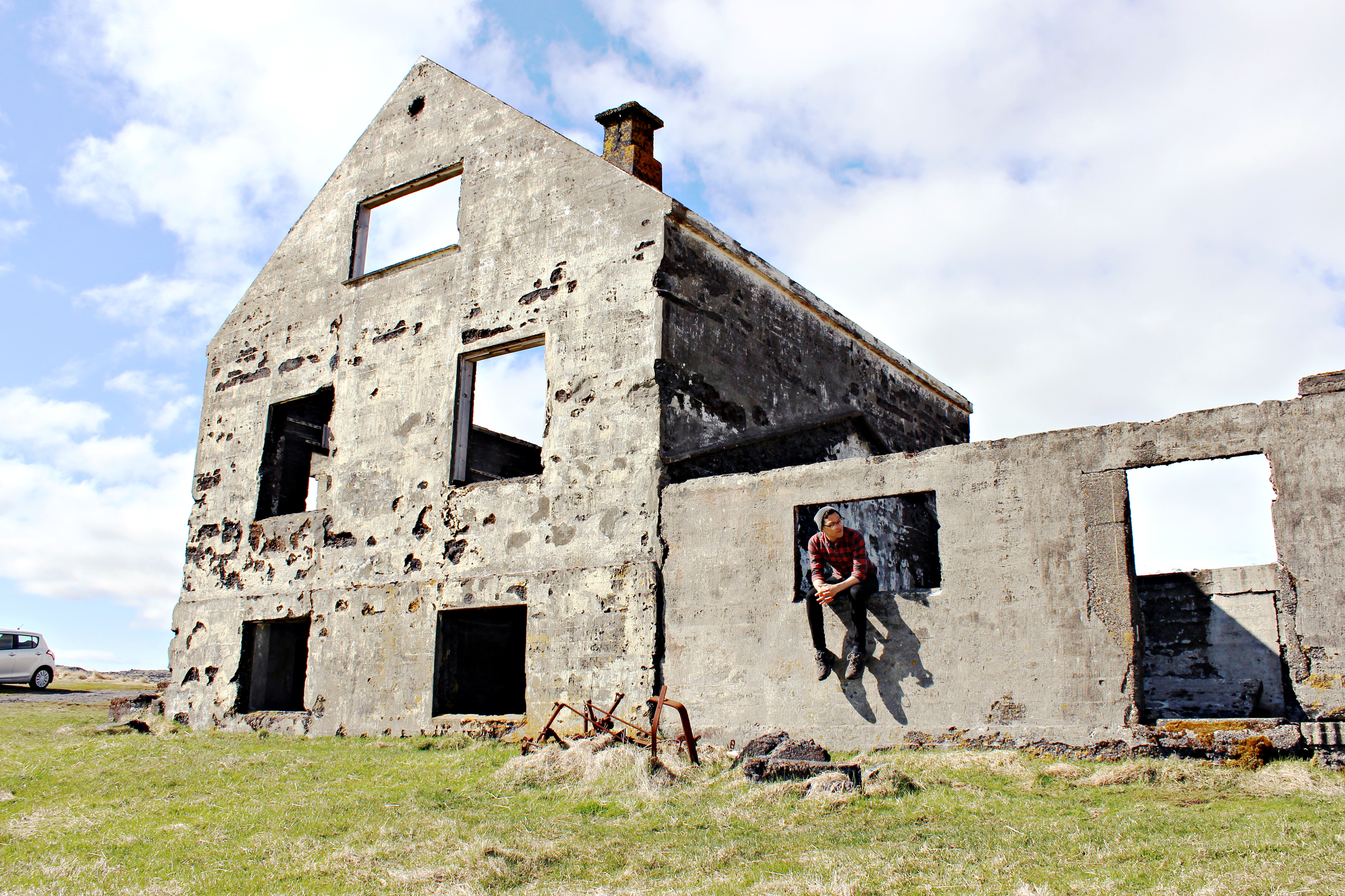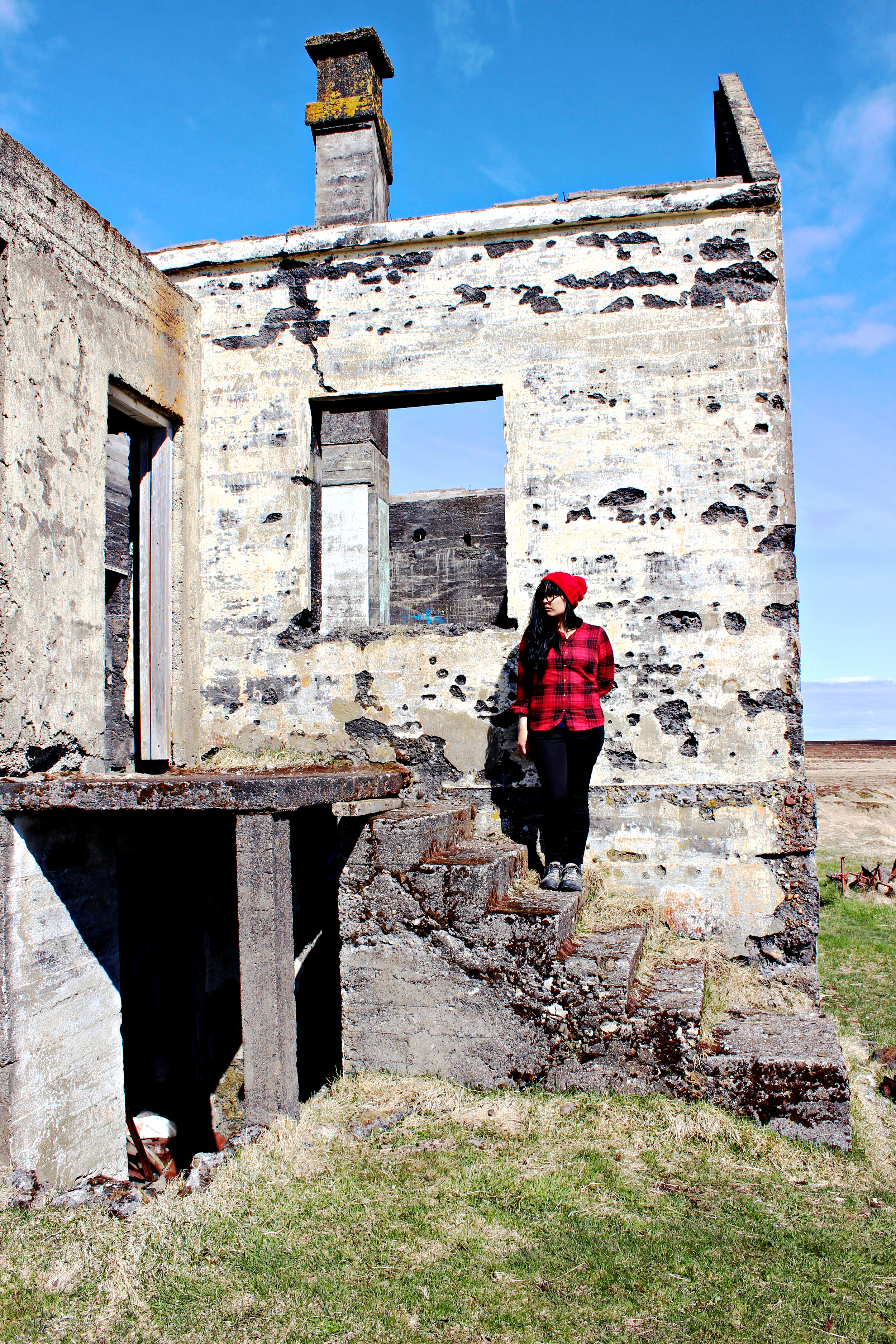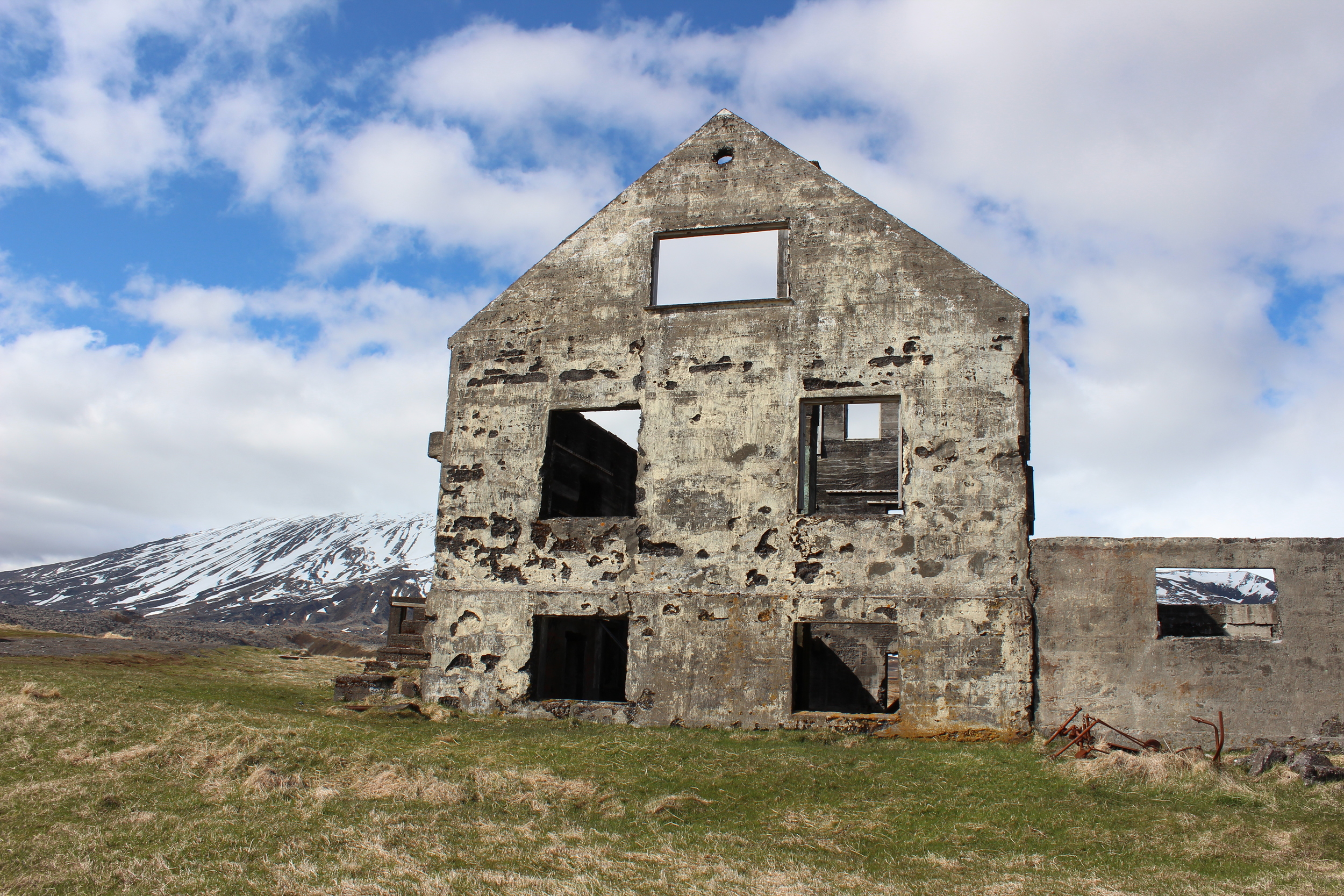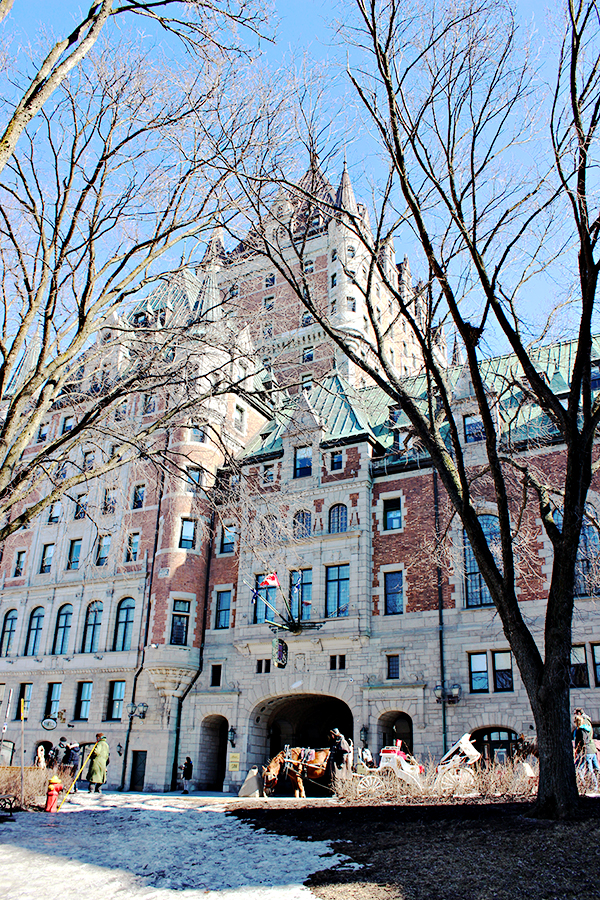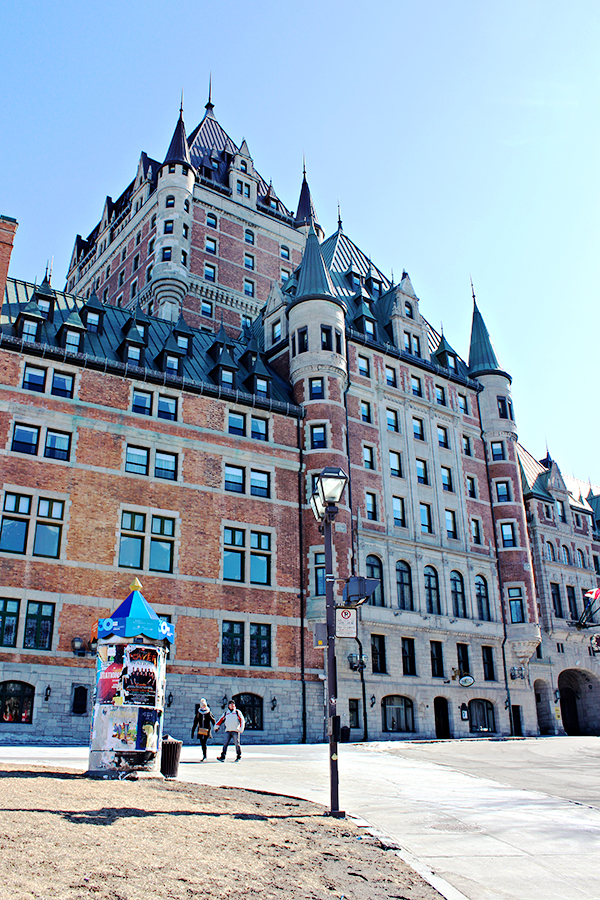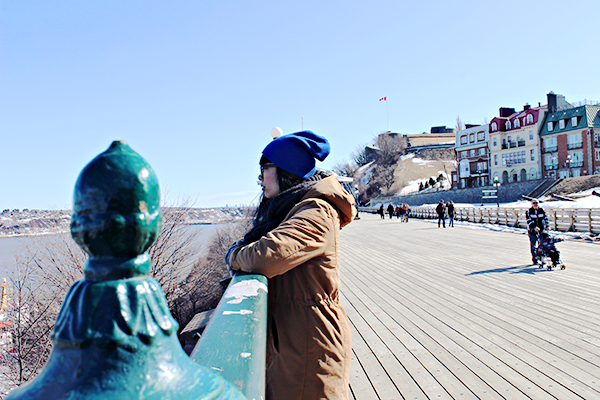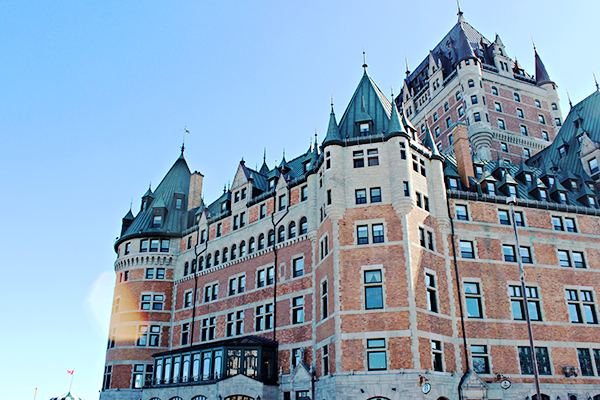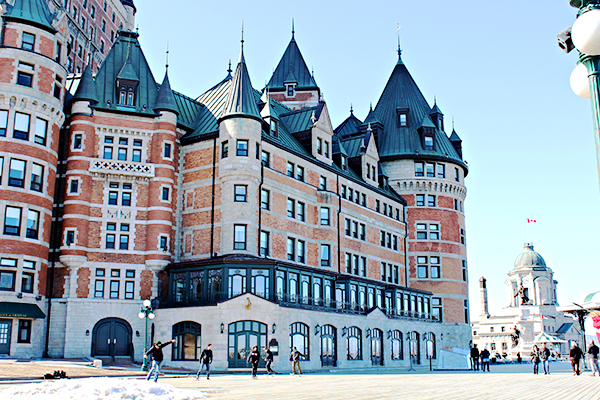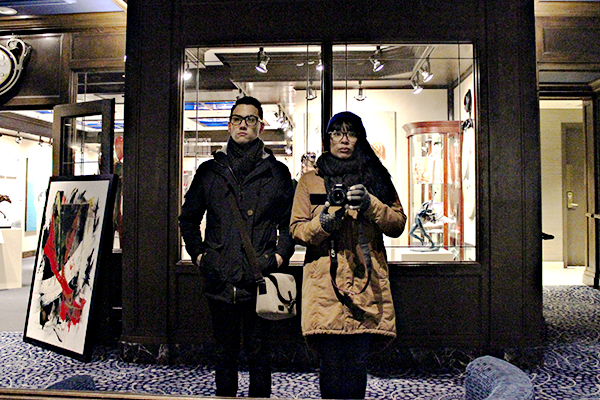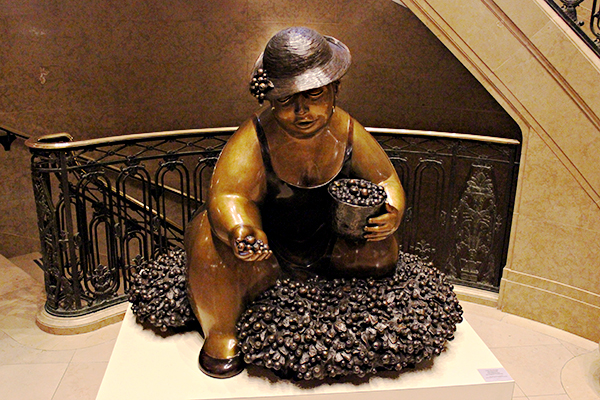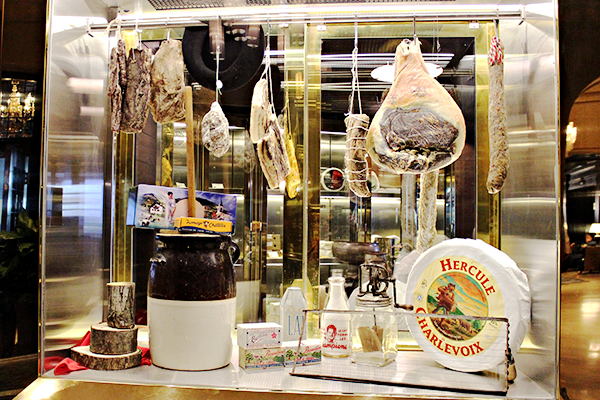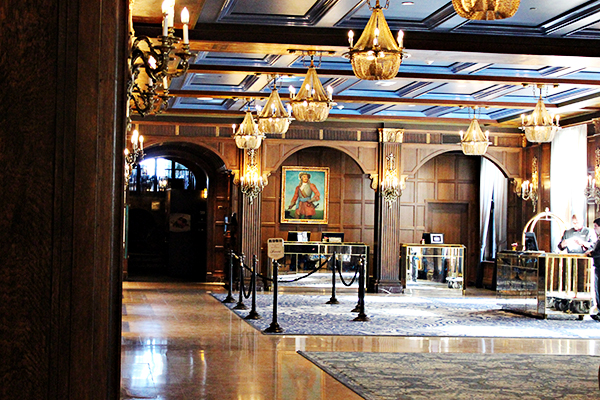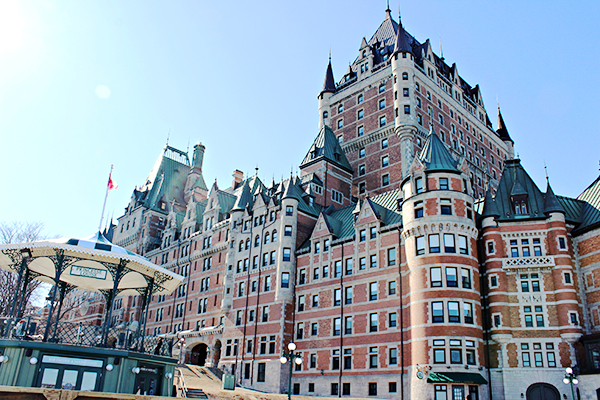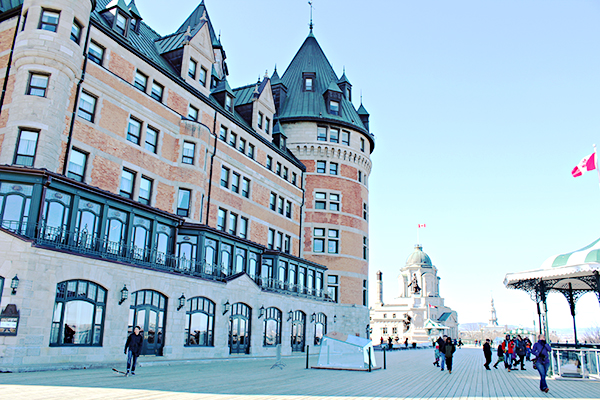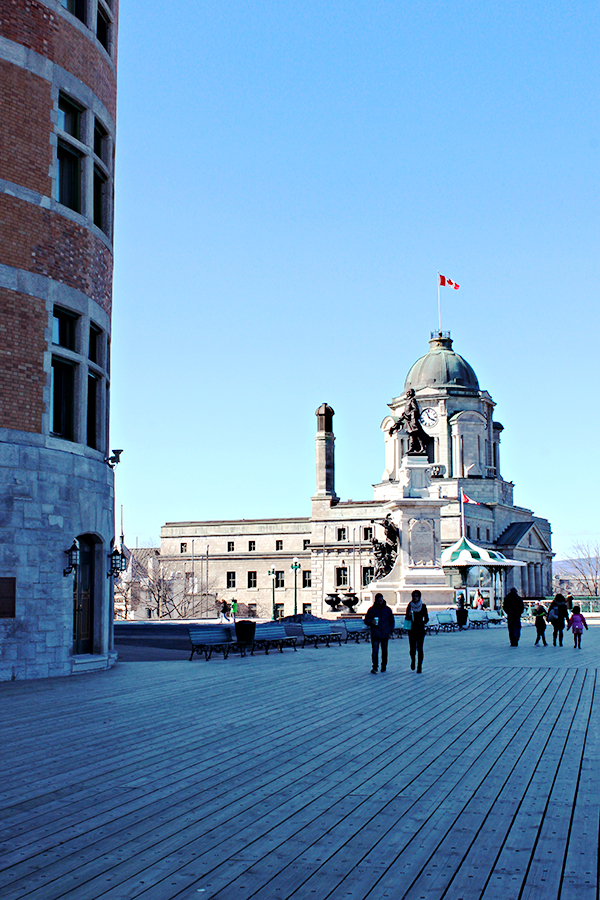Djupalonssandur is a stunning black pebbled beach. Along the shore, there are a series of rock formations and columns. On the beach leading to the shore, there are remnants of a British shipwreck. On March 13, 1948, the Epine GY7, a British vessel, wrecked near Dritvik. Of the 19 crew members, 14 perished, and five were rescued. We walked around for a bit and explored the different rusted remains of the ship that are scattered around the beach. It's very cool that the wreckage was never removed and serves as a reminder for those that visit Djupalonssandur and Dritvik.
Djúpalónssandur and Dritvik Part 1 | Snæfellsnes Peninsula, Iceland
If you're lucky and somehow make it to Snæfellsnes Peninsula, one of the places you should stop is Djupalonssandur and Dritvik. Their is a a great view of the famous glacier Snæfellsjökull which is famous for being cited as the entrance to the center of the earth in the novel Journey to the Center of the Earth by Jules Verne. Djupalonssandur and Dritvik were so beautiful and I took way too many photos, as usual. I hope you enjoy this first post and all the others that follow as well!
Snæfellsnes Peninsula, Iceland | Part 1
This is the first post from Snaefellsnes Peninsula, my favorite part of Iceland. This area looked different than every other part of Iceland. It was more idyllic and much more isolated. Every time we ran into other people, I was surprised, because it really felt like we were the only ones there. I loved feeling like Markus and I were explorers discovering a new land and making our own adventures!
Abandoned Houses of Iceland #2 | Route 1, Iceland
In a previous post, I talked about the overwhelming amount of abandoned houses in Iceland. Most of the population is crammed into the capital, Reykjavik. As we were driving through Snaefellsnes, we saw this abandoned farmhouse closer to the shore.
The contrast of the natural beauty and this crumbling home was hauntingly beautiful. Every now and then, I'll come across photos of this same house from other travelers who also stopped to explore. To this day, I still wonder what happened to the family that used to live there. Were they forced to move out because of the economy or was it something else?
The Fairmont Le Château Frontenac | Quebec City, Canada
When I found out that I was going to Montreal for a work trip, it was a no-brainer for Markus and I to tack on extra days. We always wanted to visit Montreal and almost went when we lived in Florida. I wasn't sure I wanted to spend all week in Montreal so we decided to visit Quebec City for a few days. The main reason I wanted to go was to see the Fairmont Le Château Frontenac. It's been cited as one of the most photographed hotels in the world and it's easy to see why.
The chateau was originally built in the 19th century within the walls of Old Quebec. It was intended to be the ideal stopover for passengers on the Canadian Pacific Railway. From pictures alone, I knew I wanted to spend some time exploring the hotel and the surrounding area. When Markus and I approached, we overwhelmed how big it was and the stunning architecture. We walked around the boardwalk for a bit and watched a group of middle school boys skateboard into tourists. After a while, we couldn't stand the cold winter winds and retreated inside, which was just as beautiful. After a bit of exploration, we found a cozy little spot next to a fire and camped out. In the future, I'll be posting about that experience!

